Research:
As of today, Mongolia annually slaughters between 250,000 to 300,000 horses for domestic consumption and export to Japan, Russia, and China. This trading system has various negative social and economic consequences. The slaughterhouses and butchers involved often become involved in criminal activities, and steal horses from herdsmen. Horse theft accounts for 54% of all theft cases in Mongolia. Victims who have lost their horses to cattle theft and those fearing their horses may be killed directly impact the movement of rural herdsmen to urban areas like Ulaanbaatar. Between 31,000 to 59,000 people move from the countryside to Ulaanbaatar each year. According to a 2018 to 2021 study by the Swiss Development Agency, 37% of people who migrate to cities have suffered from animal theft or fear animal thieves. Because of this, herders refrain from riding their horses, as tamed horses are easier to steal. Therefore, the ancient tradition of raising a Mongolian child on a horse is now being forgotten. Though slaughtering 300,000 horses annually generates 296.1 billion MNT or $84 million in income, the practice ultimately costs the macroeconomy 308 billion MNT ( $88 million) due to victims and migration to cities out of fear. When Mongolians who had regularly exercised by riding horses – and were thus physically and mentally healthy – stopped riding horses, 46% of the population became extremely overweight. Annually the associated costs are 5.6 trillion MNT or $1.6 billion. The remedy is straightforward: stop killing the horses and return to the old tradition of everyone owning one of their own horses.
A picture of the migration after the year of horse theft:
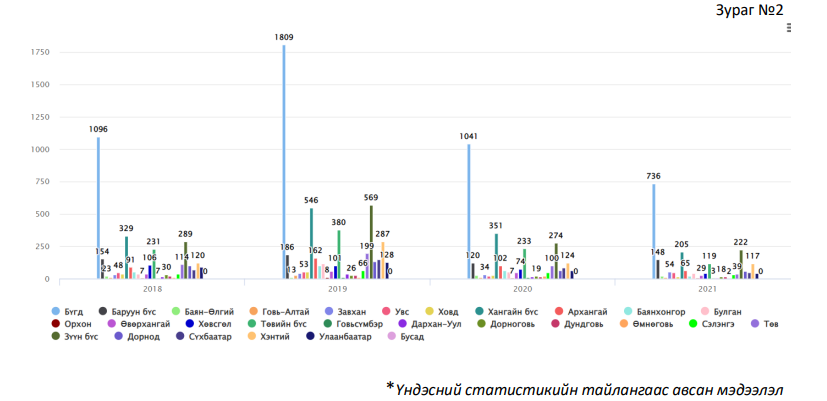
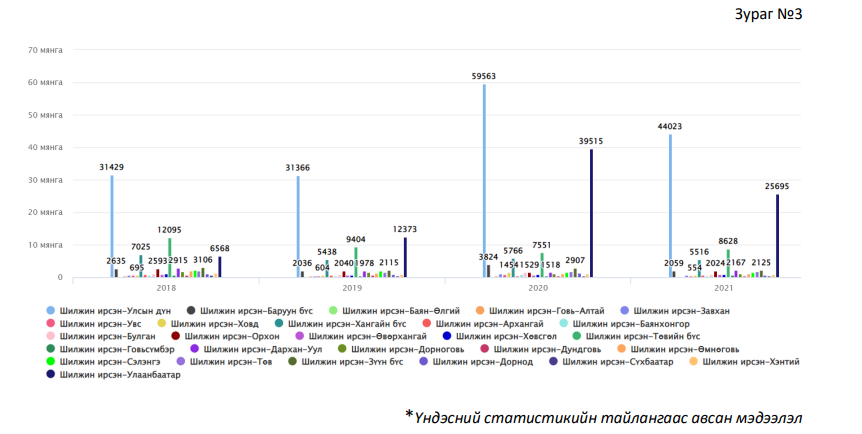
Photos:
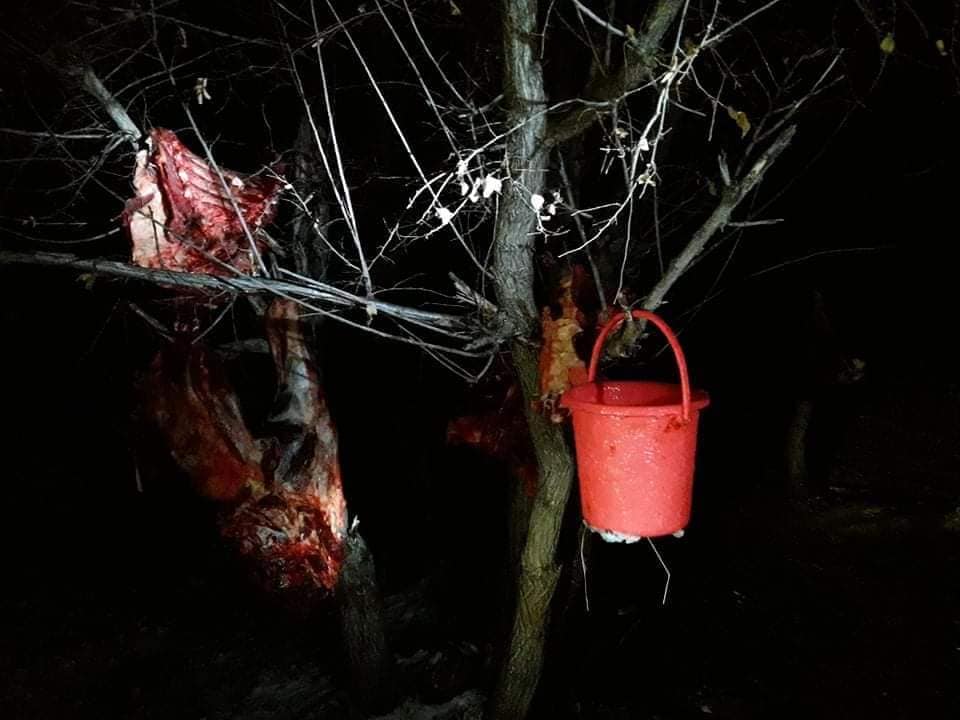
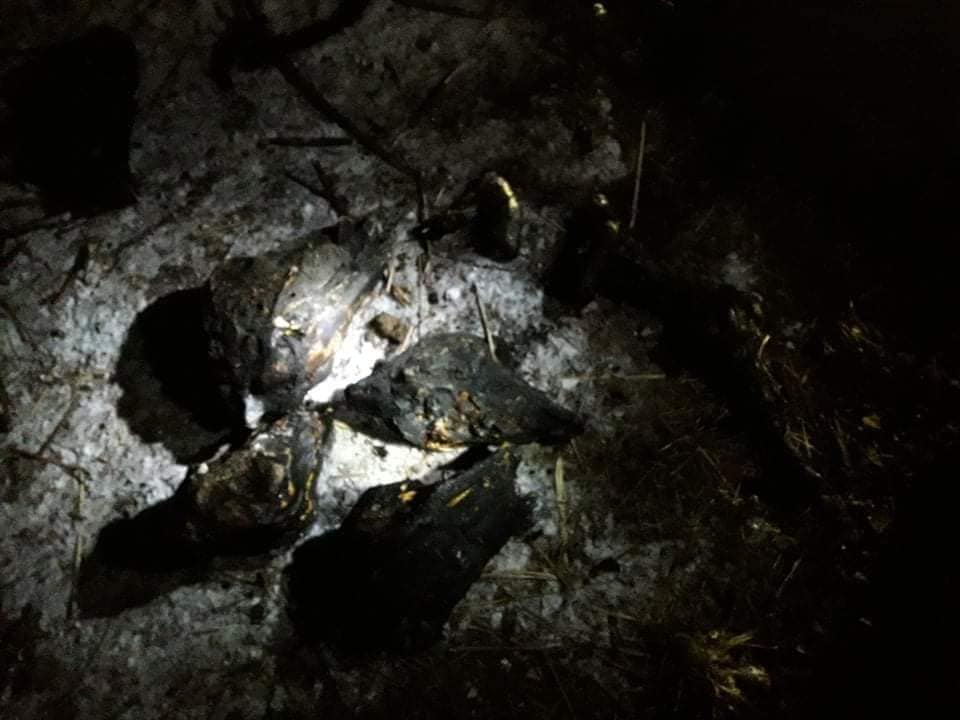
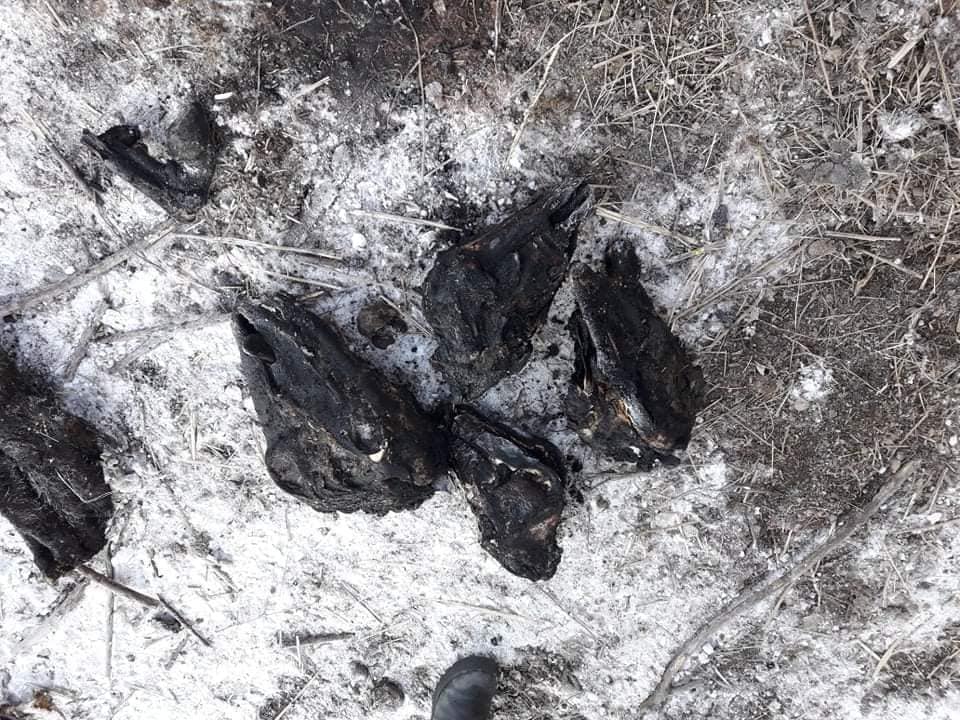
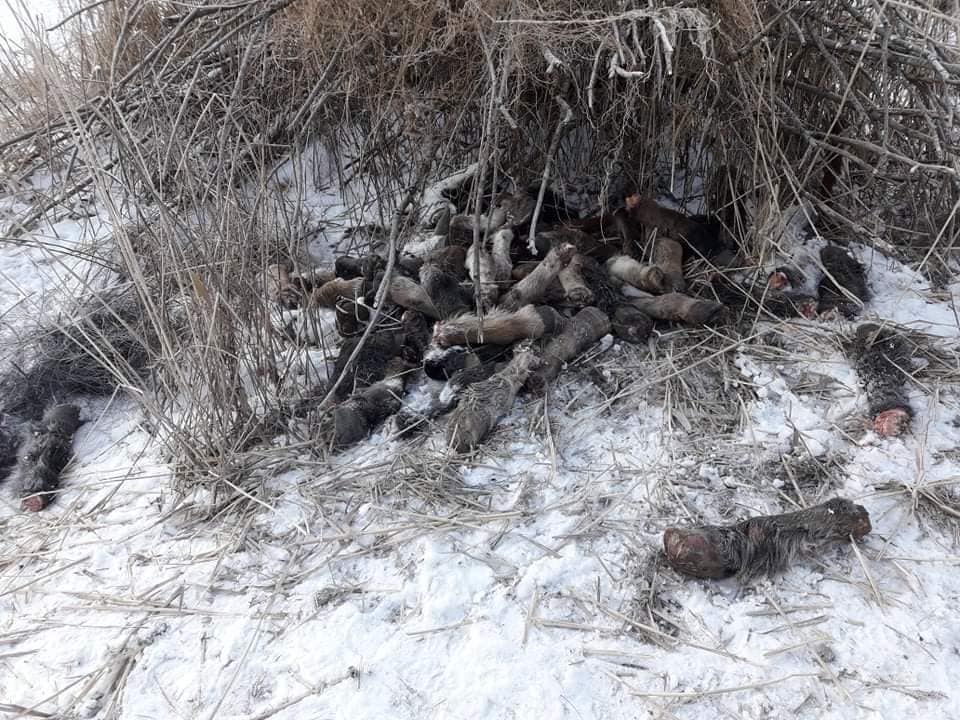
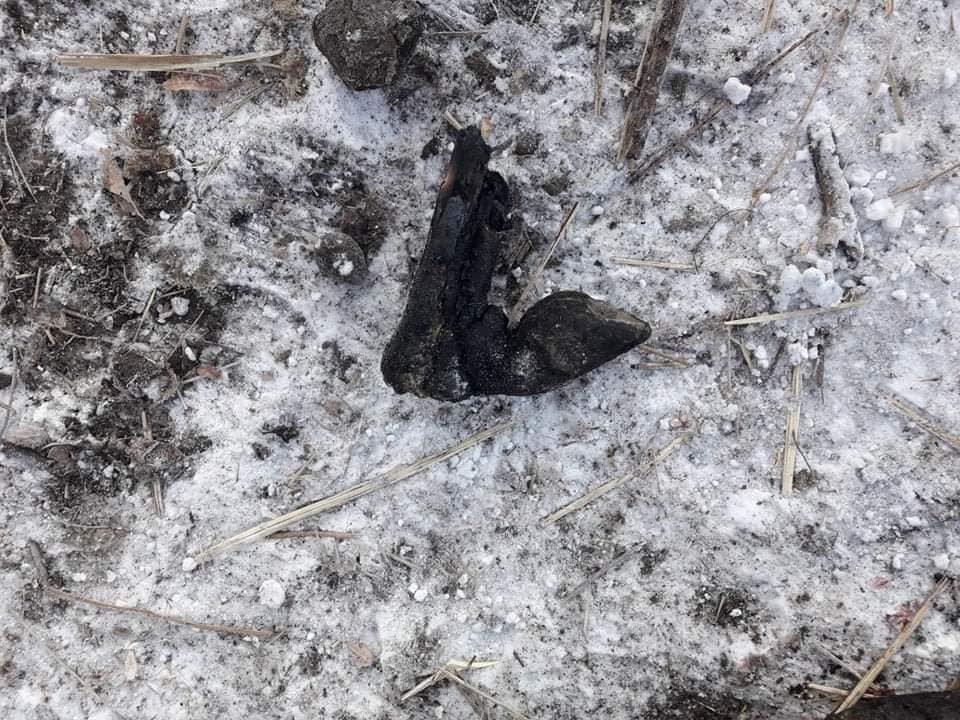

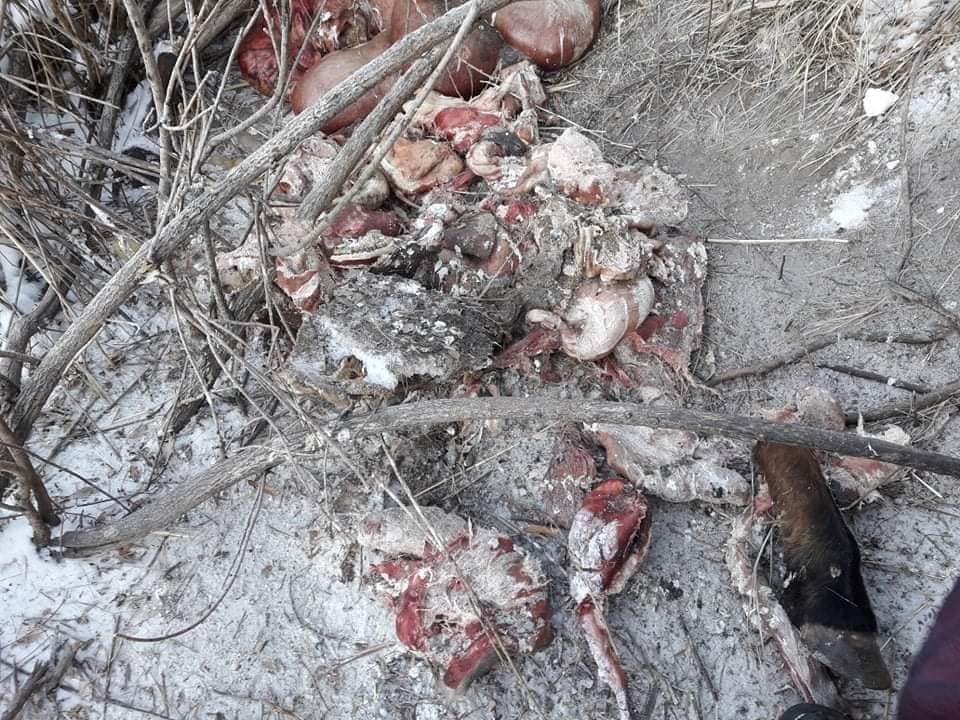
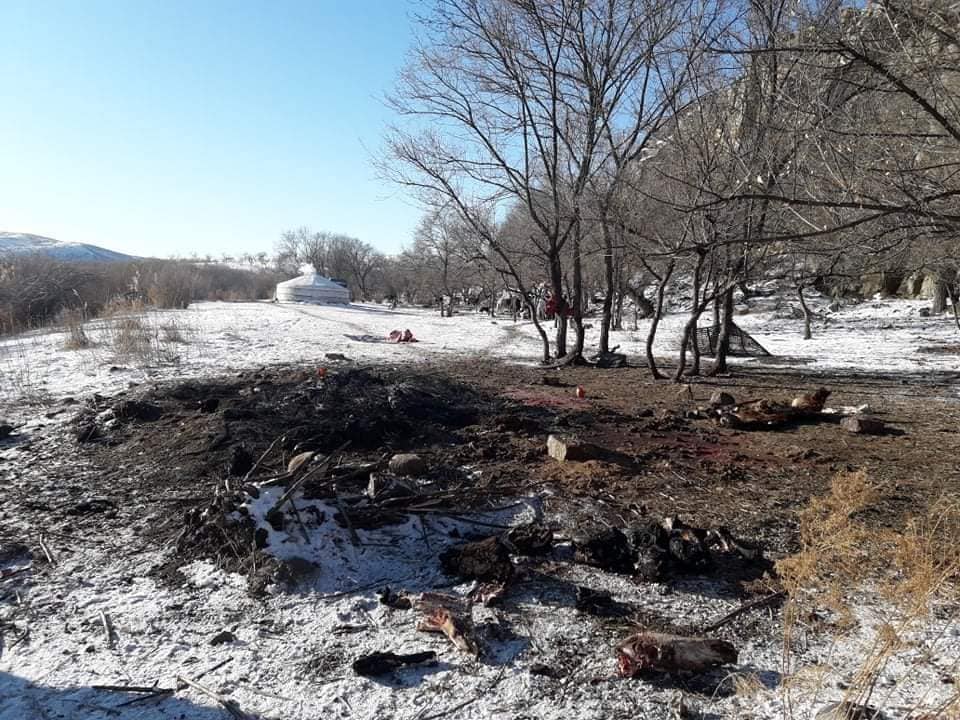
Video:
OH MY GOD…Ээ бурхан минь ээээээээээээээээээээ